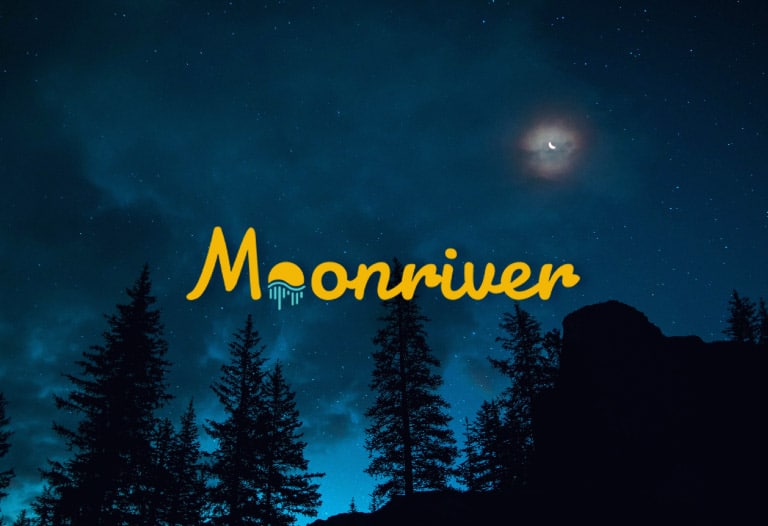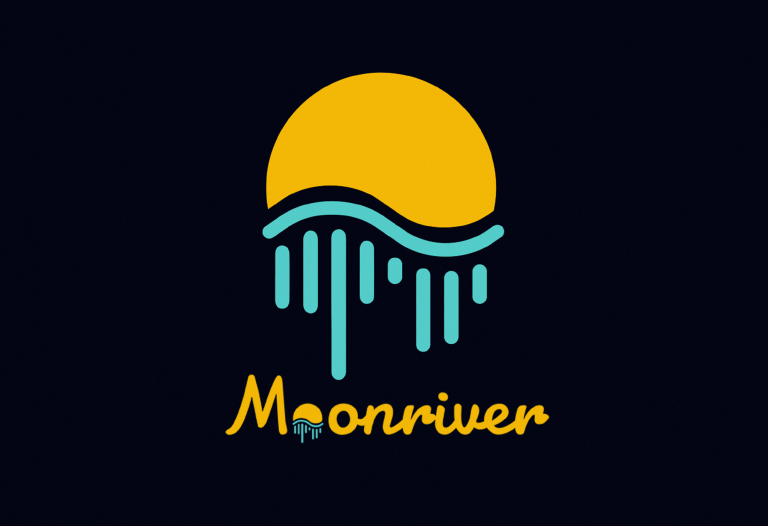
Table of Contents
ToggleHave you ever heard of Moonriver? This is a project focused on offering advanced smart contract capabilities compatible with Ethereum. There are several projects of this type, but the difference is that this one works through the Kusama network and its parachains. Its goal is to offer greater speed and scalability to the dApps deployed on the network.
Moonriver was developed to serve as a canary network or Moonbeam test network. Moonbeam runs on Polkadot (DOT). The Moonriver project is aimed at bringing the Ethereum (ETH) network and its dApps closer to the Kusama network. It thus enables powerful and flexible interoperability between the two projects.
Like most projects, Moonriver has a native token, MOVR. The purpose of this token is based on the maintenance and operation of the network. MOVR is also responsible for paying transaction fees, supporting the execution of smart contracts, incentivizing block validation of nodes, and facilitating a decentralized governance mechanism for the entire system. Moonriver is the avenue for testing new projects and providing easier entry to projects in Kusama.
How does Moonriver work?
Moonriver was developed to act as a platform oriented to the deployment of smart contracts and decentralized applications that are able to interact with the Ethereum and Kusama ecosystem at the same time. The main goal is based on Ethereum developers being able to leave behind all the scalability issues we find in the Ethereum network, offering a new execution space on top of one of Kusama’s parachains.
With this mechanism, decentralized applications or dApps are able to reduce their transaction fees and greatly increase scalability in order to offer faster and more secure transactions to users. One of the main advantages is that Moonriver makes this possible without the need for developers to rewrite the smart contracts of their dApps. This facilitates adoption and deployment on the platform.
To achieve a correct operation of the system, Moonriver has some key elements. Below we will see each one of them and what their operation is based on.

EVM implementation
To achieve proper operation, Moonriver must be able to understand smart contracts developed in the Solidity language and, in addition, it must be compatible with the EVM (Ethereum Virtual Machine). All this so that Ethereum developers can move their decentralized applications from this blockchain.
This project has the ability to replicate the exact RPC Web3 specifications and interfaces of the Ethereum network, in addition to its account system, ECDSA cryptography, logs, and so on. This whole system is aimed at guaranteeing an execution space exactly like the one we can find on the Ethereum network. In fact, the smart contracts deployed on the Moonriver network are completely the same as those on the Ethereum network.
These smart contracts are written in the Solidity language or any other language that is capable of generating bytecode. Bytecode is the code that runs the virtual machine for the EVM. This is how an exact replica of the dApps and their behavior in Moonriver is possible without the need to make any changes.
Thanks to this system, developers do not have to adapt to a different way of working, as they only have to deploy their contracts on the new network, and with that they will already be able to enjoy all its advantages. This also brings us to the fact that developers do not need new programming tools to learn, as they can employ the same ones they used on the Ethereum network.
Bridges
A crucial part of Moonriver’s operation are bridges. Bridges enable both token transfers, as well as state visibility and message transmission between Moonriver and blockchains that are connected. Examples of such chains can be Ethereum, Bitcoin, and so on. Importantly, Moonriver is currently closely linked to the Polkadot network. Thanks to this link it is possible to operate with DOT in addition to ETH to manage tokens such as Chainlink or The Graph.

Web3 compatible API
Previously, we saw that Moonriver has a VM compatible with EVM. Well, this is only one part of its operation. This part is complemented by a second part that is oriented to offer the ability to interact with the dApps through a standard that today is quite well known, the Web3.
Ethereum has a Web3. This is an RPC communication standard that allows users to connect and interact with a decentralized application through their cryptocurrency wallet. You may think you’ve never used this standard, but you probably have. We use it when connecting a wallet to the web such as Metamask. In Moonriver we can do the same, i.e. we can connect any Web3 wallet to the platform without any adjustments or changes.
What is the MOVR token?
This native token is responsible for performing various tasks such as paying network transaction fees, supporting smart contract execution, incentivizing transaction validators, facilitating the decentralized governance mechanism, and so on.
Following the launch of the Moonriver network, the initial supply of MOVR tokens was agreed at 10 million. This issue is referred to as the Genesis Issue. The Genesis Issue has numerous utilities. Among them is to enable the development of a fund that serves to ensure the security of the network, which mainly consists of maintaining the parachain slot of the project-oriented Kusama network.
An interesting fact is that part of these funds went to create a reward for users who participated in Kusama’s Crowdloan. This gave Moonriver the opportunity to acquire a parachain slot within the network.
In the case of Moonriver 30% of the reward issue was used which would be about 3 million tokens for a total of 900 thousand tokens. These tokens were given equally to the users who supported the project to obtain the parachain slot that guarantees its operation. The other part of the tokens, which is 70% is destined to maintain the Moonbeam Foundation with the objective of supporting the development of networks and protocols.






